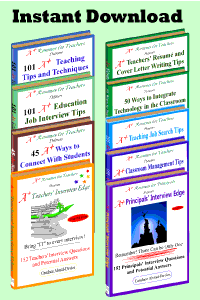Implementing integrated activities within the curriculum is essential for providing students with a comprehensive learning experience beyond individual subjects and skills. Here’s how teachers can effectively incorporate activities into their teaching:
-
Identify Learning Objectives: Begin by identifying the learning objectives for your students. What skills and knowledge do you want them to gain from the activity? Ensure that the integrated activity aligns with the curriculum standards and educational goals.
-
Choose Relevant Topics: Select topics or themes that lend themselves well to integration across multiple subjects. For example, a unit on environmental conservation could incorporate science, geography, and language arts.
-
Design Multidisciplinary Activities: Create activities that seamlessly integrate concepts from different subjects. For instance, a science experiment could involve writing lab reports, graphing data in math, and discussing environmental impacts in social studies.
-
Utilize Project-Based Learning: Implement project-based learning (PBL) approaches that require students to work collaboratively on real-world problems or tasks. For instance, students could create a multimedia presentation about the impact of deforestation, incorporating research, data analysis, and persuasive writing skills.
-
Encourage Inquiry and Exploration: Promote inquiry-based learning by encouraging students to ask questions, investigate topics, and explore solutions independently or in groups. For example, students could explore the concept of symmetry by designing symmetrical artwork inspired by nature, which integrates math and art concepts.
-
Provide Differentiated Instruction: Differentiate instruction to meet students’ diverse needs. Offer various entry points and pathways for learning, allowing students to engage with the material at their own pace and level. For instance, students could choose from different reading materials related to a historical period and analyze them from various perspectives.
-
Assess Learning Across Subjects: Develop assessment methods that evaluate students’ understanding and mastery of concepts across multiple subjects. Use various assessment tools, such as portfolios, presentations, and projects, to gauge student learning effectively. For example, students could create a digital portfolio showcasing their understanding of a historical event, including research findings, written reflections, and multimedia presentations.
-
Involve Parents and Community: Engage parents and the community in student learning by providing opportunities for involvement and collaboration. Encourage parents to support integrated learning at home and participate in school events and projects. For instance, parents could contribute expertise or resources to a community-based project, such as a neighborhood cleanup initiative integrated with environmental science learning.
By implementing integrated activities within the curriculum, teachers can create dynamic learning experiences that promote critical thinking, creativity, and collaboration. Integrated learning prepares students for success in an interconnected world and fosters a lifelong love of learning.


